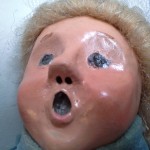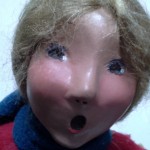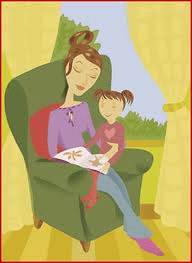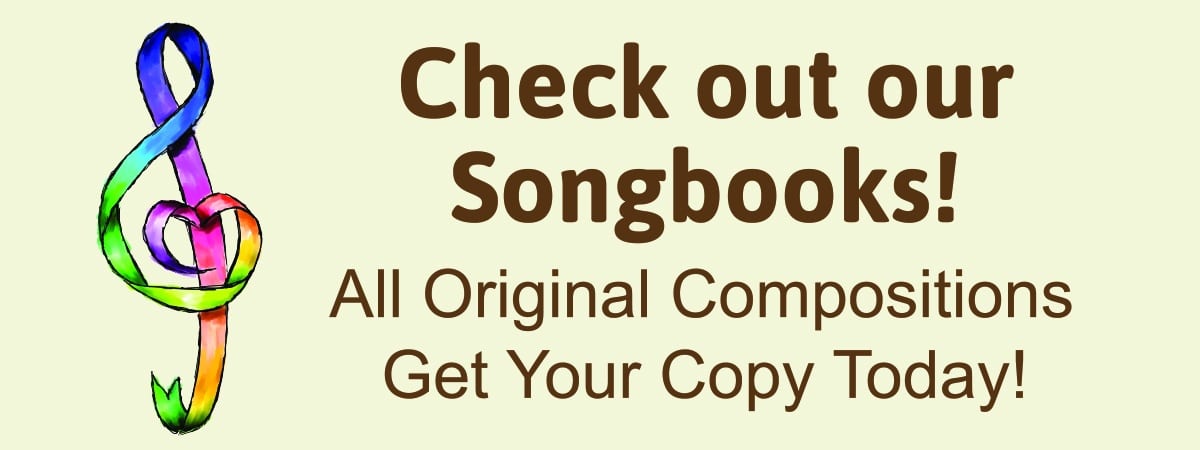Did the words in the title throw you a little bit?
Chances are, since you are reading this, you kept going because you were caught off guard by the mixed up words. You might not have paid attention otherwise, except that something jumped out as odd. Catching this tiny, weird change speaks to the reliance we put on our prediction about how we generally use words and what those words should mean.
When I think about words and music,
I admit that in my early childhood work, words always have a musical quality and my music generally includes words. The line that separates the two is very slippery. I often used ‘motherese’ when talking with infants and toddlers. As the children get older, I put lots of rhythm and rhyme into every interaction. I easily move from singing to speaking to singing. The children I work with love it (although my own children roll their eyes when I speak that way with them)! So while I am a huge proponent of music based practice, I respect the spoken word and work to strike a balance between talk and song. I am finding a number of times when my new ‘songs’ are really ‘chants’. I thought it might be useful to outline some ideas about chant in early childhood work. Hope this helps you to both define, as well as blur, the line between the language of words and the language of music.
- Chant and song share many common musical elements such as rhythm, tempo, meter, structure and timbre.
- The primary musical elements of chant are often rhythm and meter, which is created through word rhyming and articulation of word sounds.
- Chant relies less on defined pitch and formed key structure. Chant, however, does have pitch elements. The pitch (or frequency) is non-specific and relational in terms of inflection rather than fixed as in melody. This means that each person can use their personal voice to create a unique pitch or intonation pattern.
I know in my work that the musical elements that seem to scare non-musicians the most are the use of pitch and melody. So one thing I’ve tried to do is to take out the fixed pitch and melody and use the more non-specific inflections of chants. This often helps parents and early childhood educators to feel more confident to make music. Everybody can use their own vocal patterns. The musical interest comes with the use of rhyme, rhythm patterns, structure and repetition.
Here’s how I write a chant.
Just as with songs, the motivation always has to be driven by the children and their needs, so I identify that first. I then think of words to describe or comment on that need which the children might be able to use outside of the music setting. I find little phrases or snippets of sentences that they can use to communicate, to request, or to comment. I say the words again and again and again until they begin to fall into a rhythm or pattern. Once I hear the language or word pattern, I create a complimentary rhythmic pattern that can be repeated. I next look for a rhyme or rhymes and then begin to put all the rhyming words together in a way that makes cognitive sense and has meaning. Next I form it into a structure so that there’s overall predictability. Then I always add a little bit of surprise (rhythm, words, or sounds) usually in the third stanza or sometimes even the fourth stanza to catch the children’s attention just as I caught yours in this title.
So why use chants for change?
- Because chants give the chance to engage all grownups in in the musical world of their children by removing the focus on use of specified pitch or key structure.
- Because chants give the chance to focus in on words and language the children might need to know or use to communicate.
- Because chants are easily remembered and generally short with lots and lots of repetition.
To hear for yourself how some of these ideas sound, you can find two brand new chants that I just wrote at: http://sproutingmelodies.com/2015/01/18/hows-weather-today/
Enjoy, and keep chanting!
Beth



